Holiday Sweets and Treats: Tips for Maintaining Your Child’s Dental Health
December 4th, 2024
The Holiday Season is a time for joy, celebration, and delicious sweets and treats. With all the festive goodies around, it’s important to prioritize your child’s dental health. It is so easy to over indulge in sweet treats. However, excessive sugar consumption can lead to cavities and other dental issues. Here are a few simple tips, you can help your child enjoy the holidays while keeping their teeth healthy.
1. Limit Sugary Treats
Holiday treats are often loaded with sugar, which can contribute to tooth decay if consumed in excess. Limit your child’s intake of sugary treats like cookies, candy canes, and holiday cakes. Encourage moderation and allow your child to enjoy a few treats in small portions. Set specific times for indulging in sweets, such as after meals, when saliva production is higher and can help rinse away sugar.
2. Choose Healthier Alternatives
Offer healthier alternatives to traditional holiday sweets. Fresh fruits, nuts, and cheese are great options that provide essential nutrients without the excess sugar. Consider making holiday-themed snacks with healthier ingredients, such as fruit kebabs, yogurt parfaits, or whole-grain crackers with cheese. These options are not only nutritious but also tooth-friendly. Need a bit more inspiration in finding healthy snacks? Here is a great resource from HealthyChildren.org.
3. Maintain a Consistent Brushing and Flossing Routine
Holiday schedules can be busy, but it’s important to maintain a consistent brushing and flossing routine. Encourage your child to brush his or her teeth twice a day with fluoride toothpaste and floss daily. Make brushing and flossing a part of their morning and bedtime routine to ensure they maintain good oral hygiene throughout the holidays. Need a refresher on the proper techniques to brush and floss? Check out our Preventative section from the All Smiles Pediatric Dentistry website.
4. Rinse with Water
After enjoying holiday treats, have your child drink warm water or rinse their mouth with water. This helps wash away sugar and food particles, reducing the risk of cavities. Drinking water also promotes saliva production, which is essential for neutralizing acids and protecting teeth.
5. Be Mindful of Sticky and Hard Candies
Sticky candies like caramels, gummies, and toffee can cling to teeth and are difficult to clean off, increasing the risk of cavities. Hard candies that are sucked on for long periods can also expose teeth to sugar for extended periods. Encourage your child to avoid these types of candies or consume them in moderation. If they do indulge, make sure they brush their teeth afterward.
6. Offer Crunchy Fruits and Vegetables
Crunchy fruits and vegetables like apples, carrots, and celery are excellent choices for maintaining oral health. These foods help clean teeth naturally by increasing saliva production and scrubbing away plaque. Include these options in your holiday meals and snacks to promote healthy teeth and gums. The skins of apples and pears are also high in fiber which will help your child's maintain regular bowel movements. So eat apples and pears with its skin. Avoid peeling them before eating them.
7. Educate About Oral Health
Use the holiday season as an opportunity to educate your child about the importance of oral health. Explain how sugar can lead to cavities and the importance of brushing and flossing to keep their teeth healthy. Use age-appropriate books, videos, and educational materials to help them understand the connection between sugar and dental health. Making dental care a fun and positive experience can encourage good habits. Incorporating education about making healthy food choices will benefit you and your child for a lifetime. Here is another resource from EatRight.org that will help spark your imagination.
8. Schedule a Post-Holiday Dental Check-up
Consider scheduling a dental check-up for your child after the holiday season. A professional cleaning and examination can help remove any plaque buildup and catch any early signs of cavities. The dentist can also provide tips for maintaining good oral health during the holidays and beyond.
9. Lead by Example
Children learn by observing their parents. Show your child that you prioritize your dental health by brushing and flossing regularly, especially after enjoying holiday meals and treats. Let them see you taking care of your teeth and explain what you’re doing and why. Your actions can inspire them to follow your example and develop their own good dental habits.
Take Home Message
The holiday season is a time for celebration and indulgence, but it’s important to keep your child’s dental health in mind amidst all the festivities. By limiting sugary treats, choosing healthier alternatives, maintaining a consistent brushing and flossing routine, rinsing with water, being mindful of sticky and hard candies, offering crunchy fruits and vegetables, educating about oral health, scheduling a post-holiday dental check-up, and leading by example, you can help protect your child’s teeth. These tips will ensure that the holidays are not only enjoyable but also healthy for your child’s smile. Here’s to a happy and tooth-friendly holiday season!
Get to Know Us
At All Smiles Pediatric Dentistry, we incorporate proven techniques to share with you and your child at each dental checkup visit. Dr. Allen Job and his team are committed to providing the latest in oral health care prevention. Check out our monthly blog posts! Our practice is centrally located in San Diego, CA.
Get acquainted with us by watching our practice video and find out what we do.
Scheduling an appointment for your child is easy! Start here by downloading our app to schedule an appointment. All of our forms are online. Fill them out securely from your smartphone or tablet and hit send. On appointment day, your child will be seen at their scheduled time. For example, if you have a 9:00 AM appointment, your child will be seen at 9:00 AM.
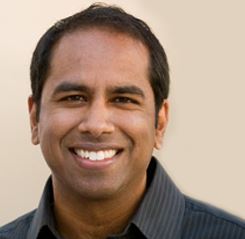







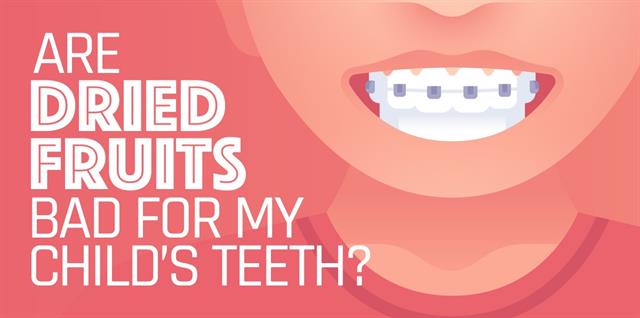

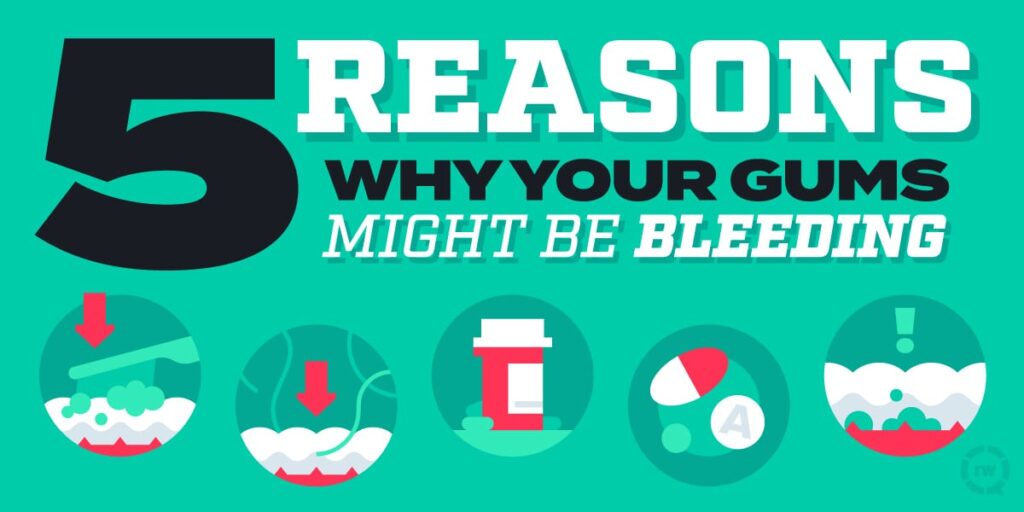
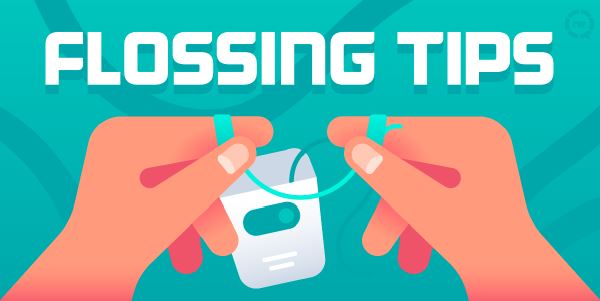


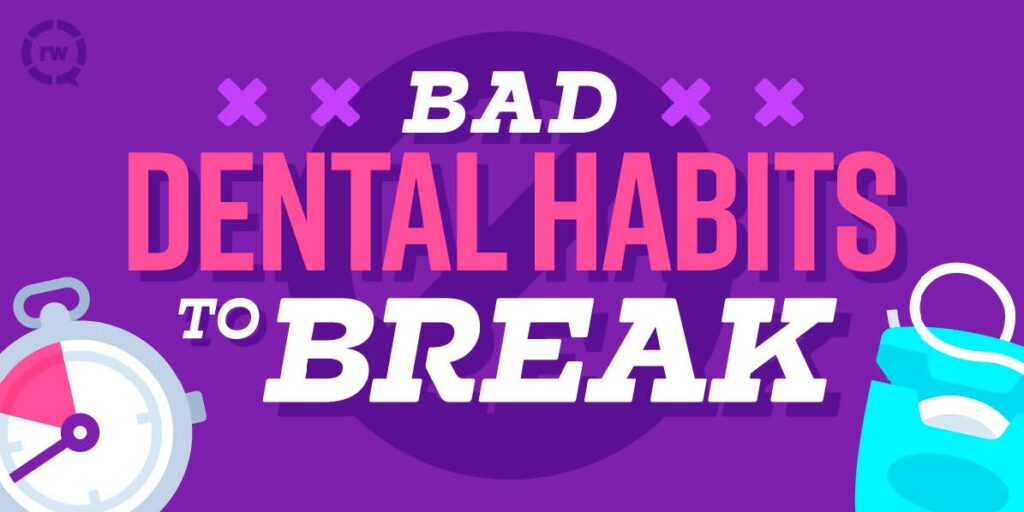
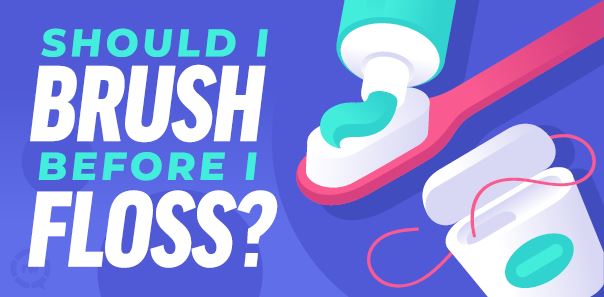

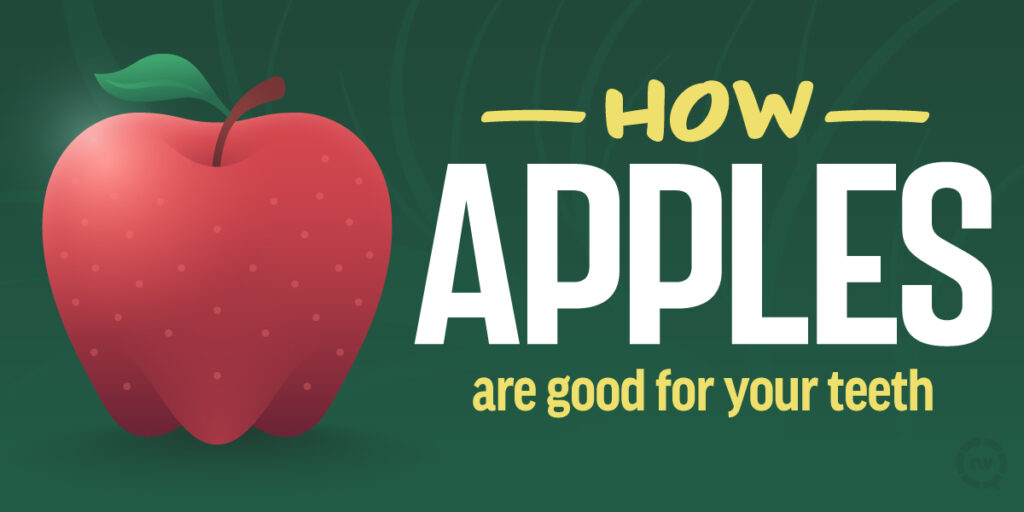
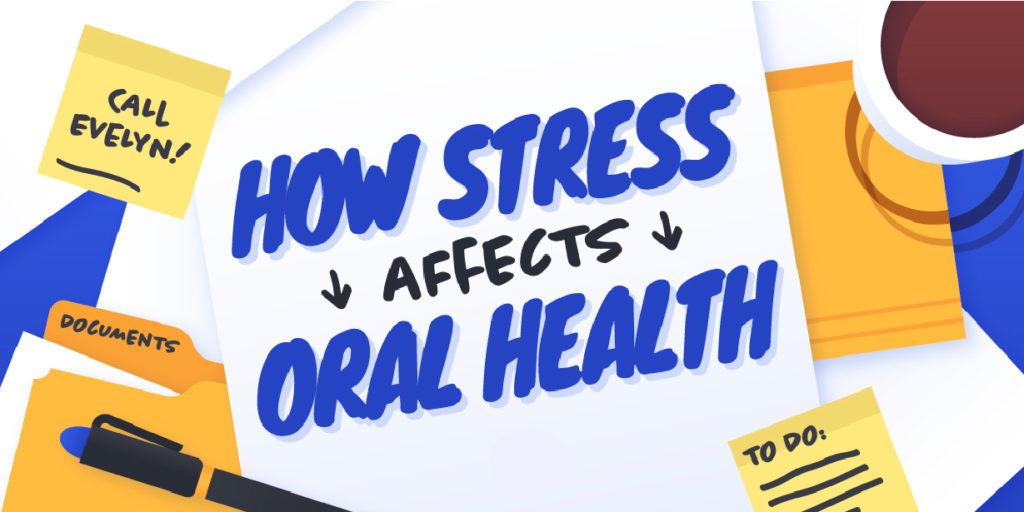

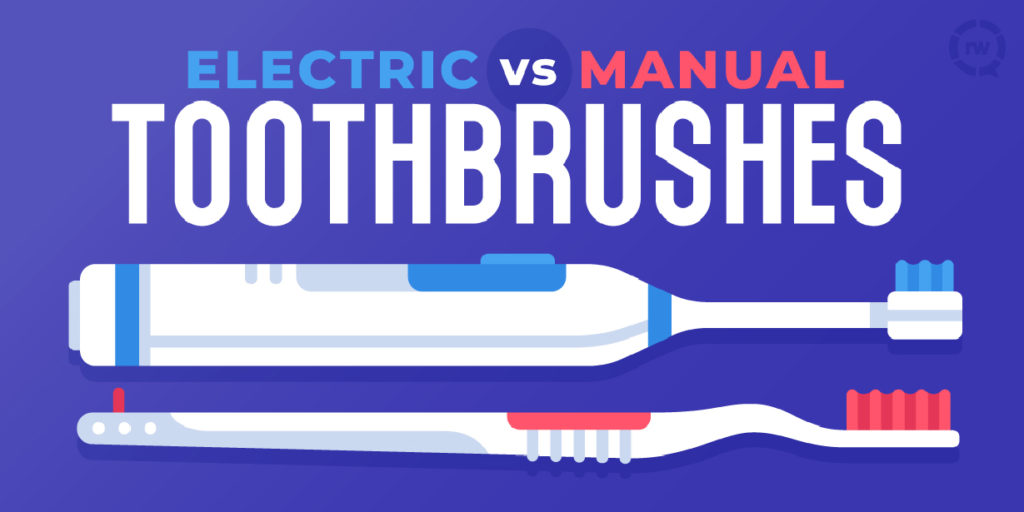
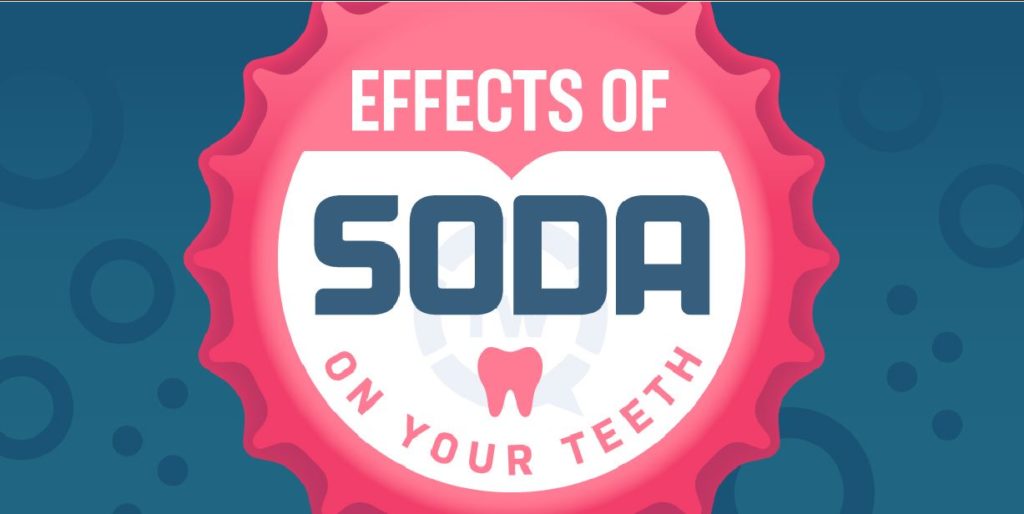
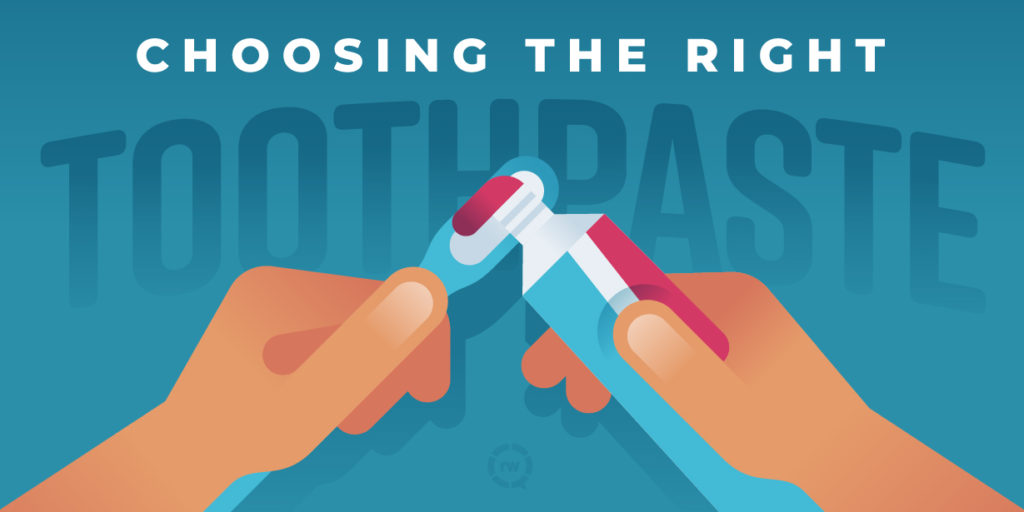
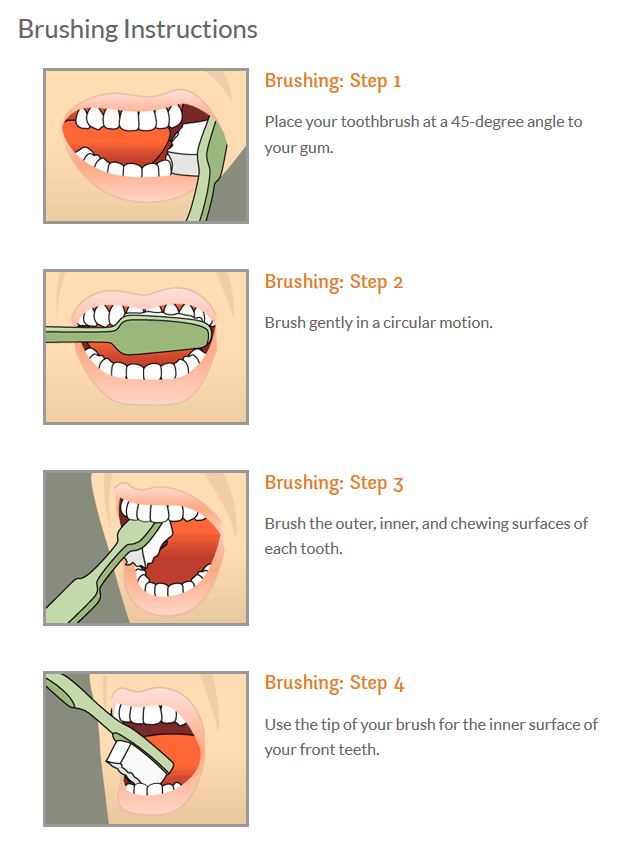
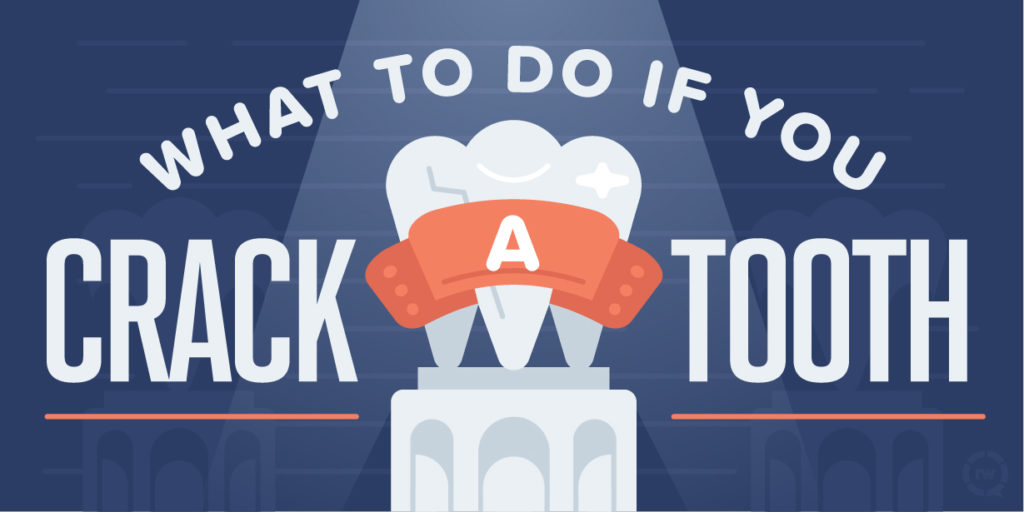

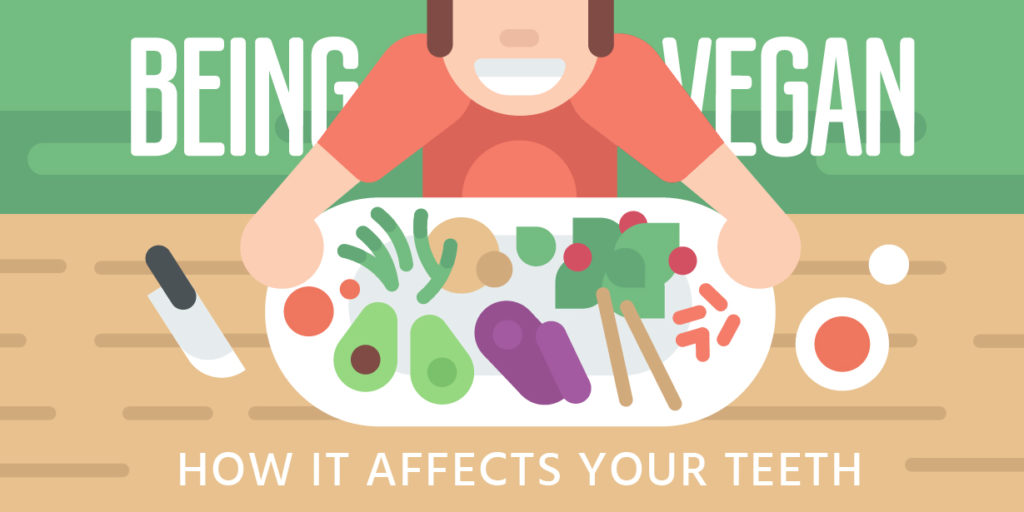
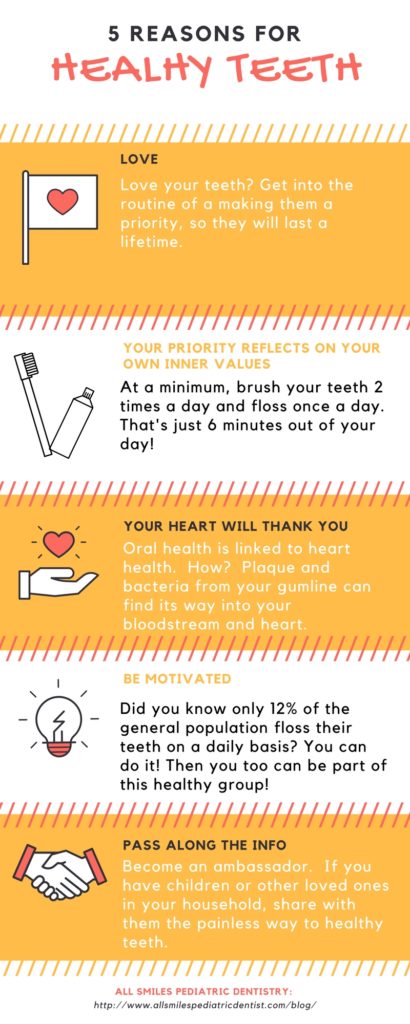



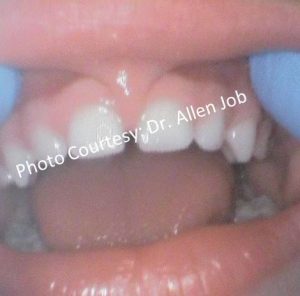

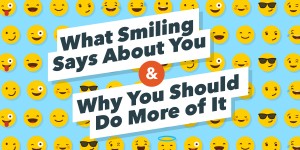
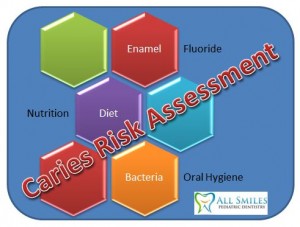











 Baby toothbrushing teeth[/caption]
Baby toothbrushing teeth[/caption]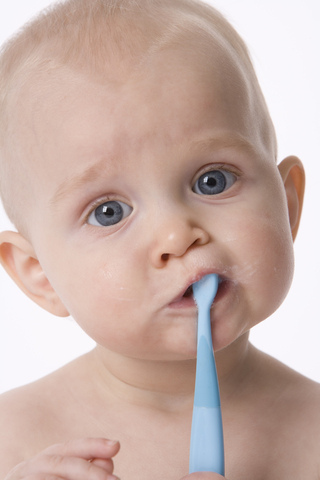







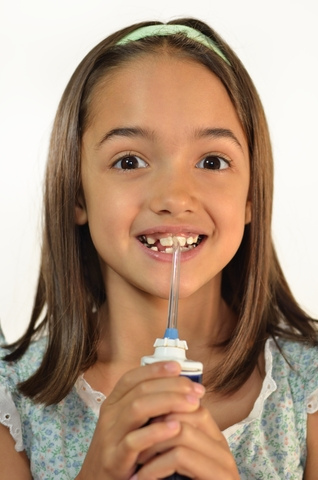
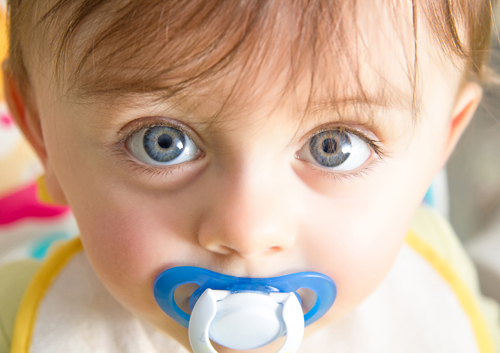






 Easing the Teething Blues[/caption]
Easing the Teething Blues[/caption] Labor Day: Our favorite holiday to rest![/caption]
Labor Day: Our favorite holiday to rest![/caption] Can children be at risk for developing periodontal disease?[/caption]
Can children be at risk for developing periodontal disease?[/caption] Healthy Diet for Adolescents[/caption]
Healthy Diet for Adolescents[/caption] How do I make my child’s diet safe for his or her teeth?[/caption]
How do I make my child’s diet safe for his or her teeth?[/caption] Dental Fear in Children: Brought on by parents?[/caption]
Dental Fear in Children: Brought on by parents?[/caption] What’s an intraoral camera?[/caption]
What’s an intraoral camera?[/caption] Sealants: What are they and how do they help?[/caption]
Sealants: What are they and how do they help?[/caption]
 Can my child really avoid tooth decay?[/caption]
Can my child really avoid tooth decay?[/caption] Fun Facts for the Fourth[/caption]
Fun Facts for the Fourth[/caption]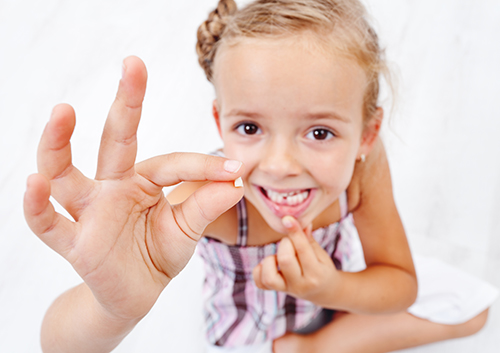
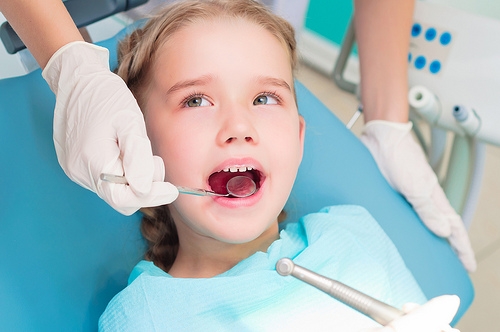 Treatment and Diagnosis for Your Child’s Teeth Grinding[/caption]
Treatment and Diagnosis for Your Child’s Teeth Grinding[/caption] What is hyperdontia?[/caption]
What is hyperdontia?[/caption] Tips to Help You Beat the Heat This Summer[/caption]
Tips to Help You Beat the Heat This Summer[/caption] They're just baby teeth, right?[/caption]
They're just baby teeth, right?[/caption] Memorial Day and Getting Ready for Summer[/caption]
Memorial Day and Getting Ready for Summer[/caption] Is there a connection between oral health and school performance?[/caption]
Is there a connection between oral health and school performance?[/caption] Wishing all our moms a happy Mother’s Day![/caption]
Wishing all our moms a happy Mother’s Day![/caption] How often does my child need to see the dentist?[/caption]
How often does my child need to see the dentist?[/caption] Make Every Day Earth Day[/caption]
Make Every Day Earth Day[/caption] The Thumb-Sucking Habit[/caption]
The Thumb-Sucking Habit[/caption]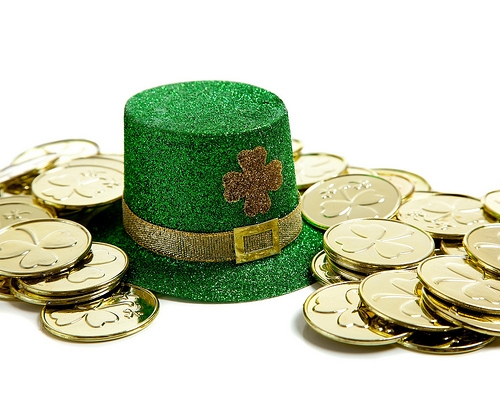 St. Patrick's Day: Celtic pride, green shamrocks, and lucky charms![/caption]
St. Patrick's Day: Celtic pride, green shamrocks, and lucky charms![/caption] March is National Nutrition Month![/caption]
March is National Nutrition Month![/caption] Why Baby Teeth Matter[/caption]
Why Baby Teeth Matter[/caption]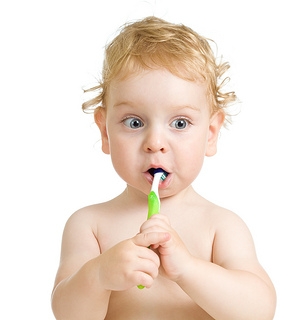 Beat the Brushing Battle[/caption]
Beat the Brushing Battle[/caption] Valentine's Day History[/caption]
Valentine's Day History[/caption] The Importance of Oral Health Care for your Child[/caption]
The Importance of Oral Health Care for your Child[/caption] Pediatric Dentistry Q&A[/caption]
Pediatric Dentistry Q&A[/caption]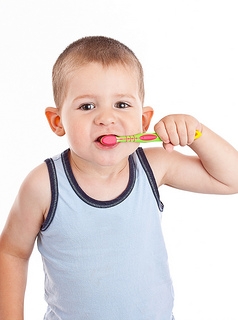 How to Brush a Two-Year-Old’s Teeth Effectively[/caption]
How to Brush a Two-Year-Old’s Teeth Effectively[/caption] Snacks for Healthy Teeth[/caption]
Snacks for Healthy Teeth[/caption] What is baby bottle tooth decay?[/caption]
What is baby bottle tooth decay?[/caption]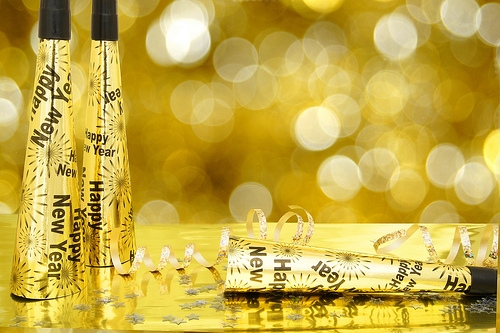 New Year's Eve[/caption]
New Year's Eve[/caption] Why should I have my child’s wisdom teeth removed?[/caption]
Why should I have my child’s wisdom teeth removed?[/caption] Periodontal Disease in Adolescents[/caption]
Periodontal Disease in Adolescents[/caption] My child is getting blood blisters; is this normal?[/caption]
My child is getting blood blisters; is this normal?[/caption]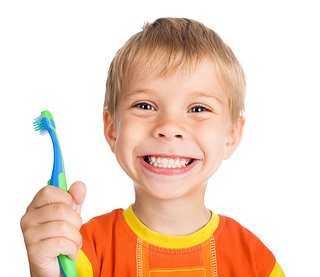 What kind of toothbrush and toothpaste should my child use?[/caption]
What kind of toothbrush and toothpaste should my child use?[/caption] Thanksgiving[/caption]
Thanksgiving[/caption] Is your child a mouth breather?[/caption]
Is your child a mouth breather?[/caption]
 Good Dental Hygiene Impacts Overall General Health[/caption]
Good Dental Hygiene Impacts Overall General Health[/caption] The Intriguing History of Halloween[/caption]
The Intriguing History of Halloween[/caption] How to Care for a Teething Baby[/caption]
How to Care for a Teething Baby[/caption] My child has autism. What should we expect at your office?[/caption]
My child has autism. What should we expect at your office?[/caption]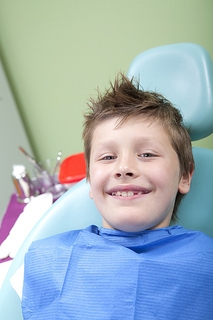 How do I handle my child’s dental emergency?[/caption]
How do I handle my child’s dental emergency?[/caption] What's on your fall reading list?[/caption]
What's on your fall reading list?[/caption] How do you accommodate a child with special needs?[/caption]
How do you accommodate a child with special needs?[/caption] Understanding Cavities[/caption]
Understanding Cavities[/caption] Who’s afraid of the dentist?[/caption]
Who’s afraid of the dentist?[/caption] Celebrate Labor Day by Getting Away[/caption]
Celebrate Labor Day by Getting Away[/caption] Celebrate Labor Day by Getting Away[/caption]
Celebrate Labor Day by Getting Away[/caption] Common Emergency Care Visits: Toothaches or abscesses[/caption]
Common Emergency Care Visits: Toothaches or abscesses[/caption] Steer clear of that candy![/caption]
Steer clear of that candy![/caption] What is hand-foot-and-mouth disease?[/caption]
What is hand-foot-and-mouth disease?[/caption] How to Make Brushing Fun[/caption]
How to Make Brushing Fun[/caption]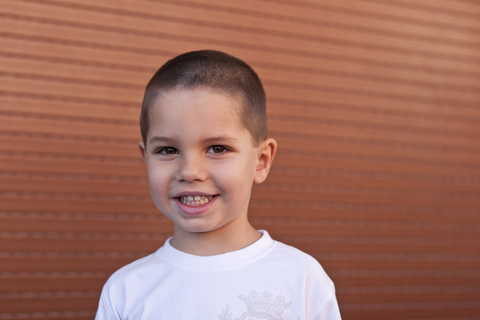 How much calcium does my child need?[/caption]
How much calcium does my child need?[/caption] Five Nutrition Tips for Healthy Kids' Smiles[/caption]
Five Nutrition Tips for Healthy Kids' Smiles[/caption] Happy Fourth of July![/caption]
Happy Fourth of July![/caption] How Our Office Makes Your Child’s Visit Anxiety-Free[/caption]
How Our Office Makes Your Child’s Visit Anxiety-Free[/caption] Is dairy crucial to my child's oral health?[/caption]
Is dairy crucial to my child's oral health?[/caption] Fluoride Use in Adolescents[/caption]
Fluoride Use in Adolescents[/caption] June is National Smile Month: Show off your smile![/caption]
June is National Smile Month: Show off your smile![/caption] Use Pediatric Dentists to Treat Children[/caption]
Use Pediatric Dentists to Treat Children[/caption] Memorial Day: Parades, remembrance, and the unofficial start of summer![/caption]
Memorial Day: Parades, remembrance, and the unofficial start of summer![/caption] Gum Disease and Your Child[/caption]
Gum Disease and Your Child[/caption] May Marks National Physical Fitness and Sports Month![/caption]
May Marks National Physical Fitness and Sports Month![/caption] Sealants Protect Your Child’s Teeth from Decay[/caption]
Sealants Protect Your Child’s Teeth from Decay[/caption] Navigating the World of Dental Insurance Terminology[/caption]
Navigating the World of Dental Insurance Terminology[/caption] Every Day is Earth Day[/caption]
Every Day is Earth Day[/caption] Preventing Tooth Decay in Children[/caption]
Preventing Tooth Decay in Children[/caption] What's on your child's reading list?[/caption]
What's on your child's reading list?[/caption]